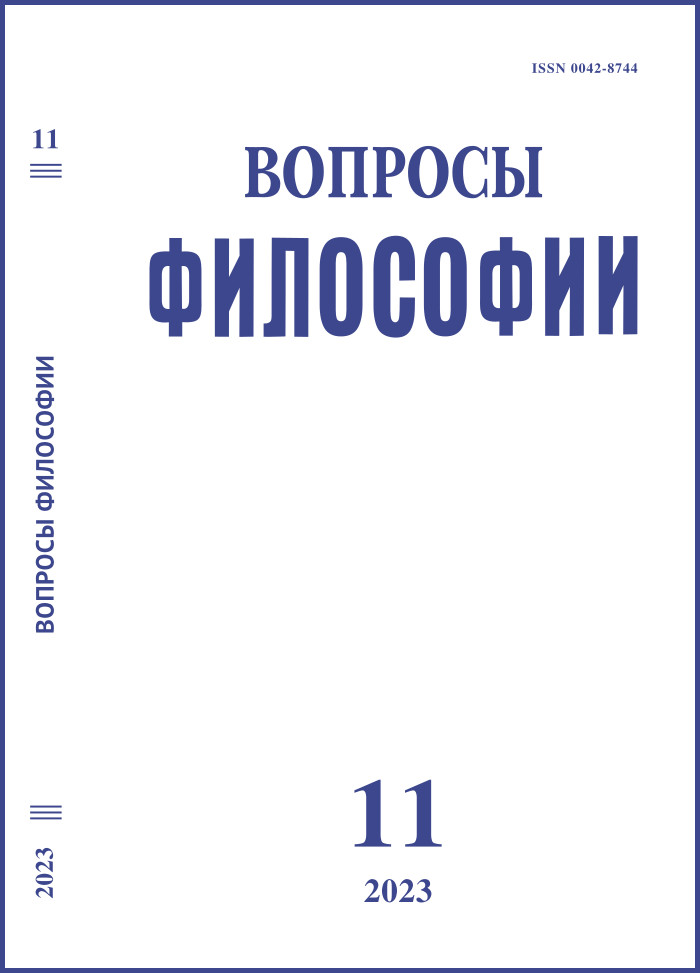From Gustav Shpet to Nikolay Zhinkin, or Ways of Transition from Poetry to Painting
Keywords:
N.I. Zhinkin, G.G. Shpet, internal form of the word, phenomenological method, State Academy of Artistic Sciences, meaning, poetry, painting.Abstract
Among the students of the famous Russian philosopher Gustav Gustavovich
Shpet, who worked with him at the State Academy of Artistic Sciences in the 1920s, Nikolai Ivanovich Zhinkin, who embodied the ideas of his teacher not only in his early (phenomenological) works, but also in mature (psycholinguistic) works, occupies a special place. He transferred Shpet’s concept of the inner form of the word (which has phenomenological foundations) to a new semantic plane, revealing the correlativity of poetry and painting as ways of expressing a person’s aesthetic activity. And so, already in the 1920s he expanded the scope of the phenomenological method, showing to the Academy environment and himself the path of further movement in the sciences of man and the reality surrounding him. Both Shpet and Zhinkin were interested in the question of how a person cognizes the world, which he himself creates, how he transforms the surrounding reality, introducing meaning into it. Shpet in Aesthetic Fragments (1922–1923) answers these questions, comprehending the internal forms of poetry, and Zhinkin turns to the reality of painting, revealing the internal forms of the portrait (article Portrait Forms, 1928). The author suggests that Zhinkin’s late works in the field of psycholinguistics, cinema theory and logic, which have not lost their relevance today, need to be re-read and rethought today in the context of the development of phenomenological ideas in the USSR and modern Russia.

